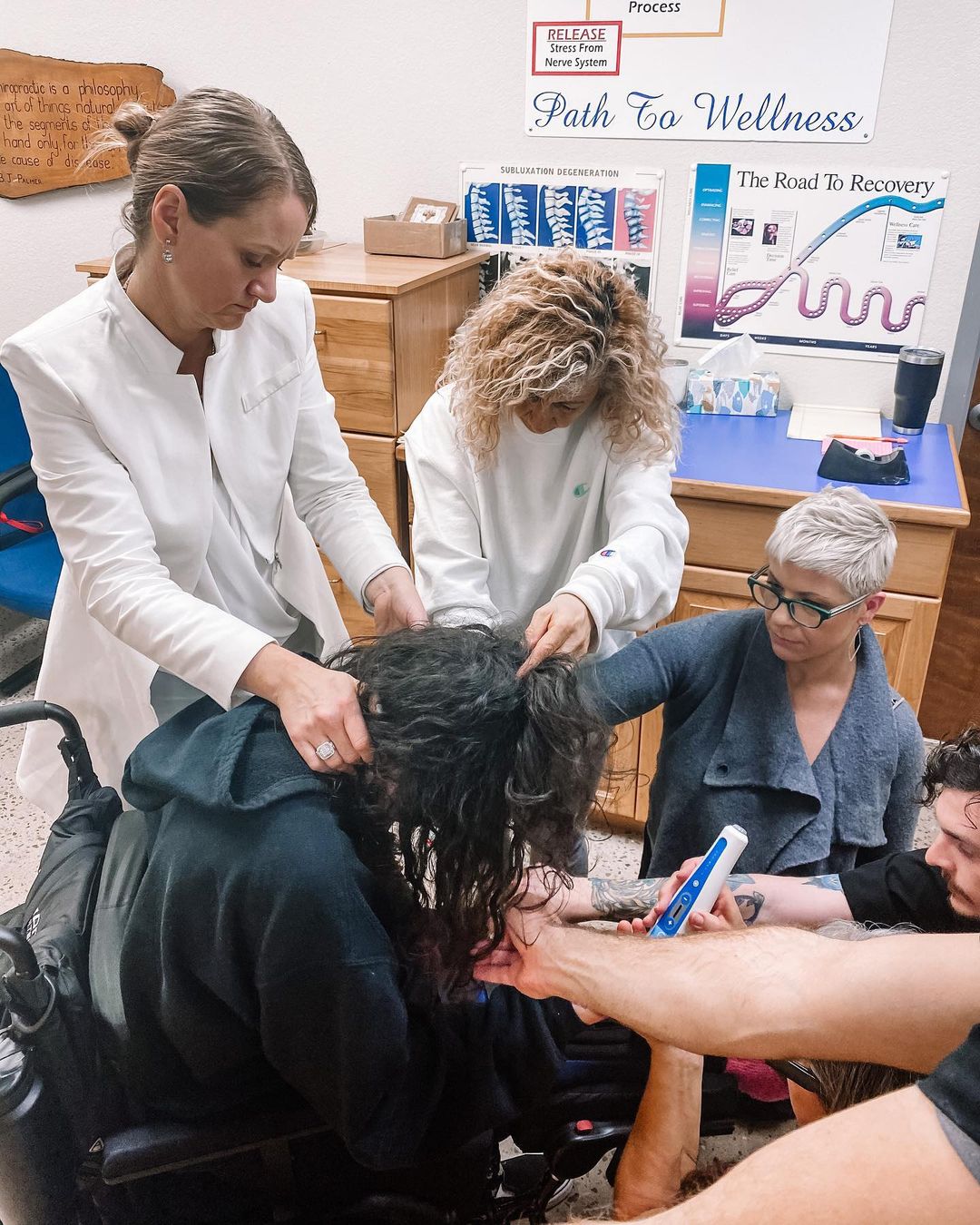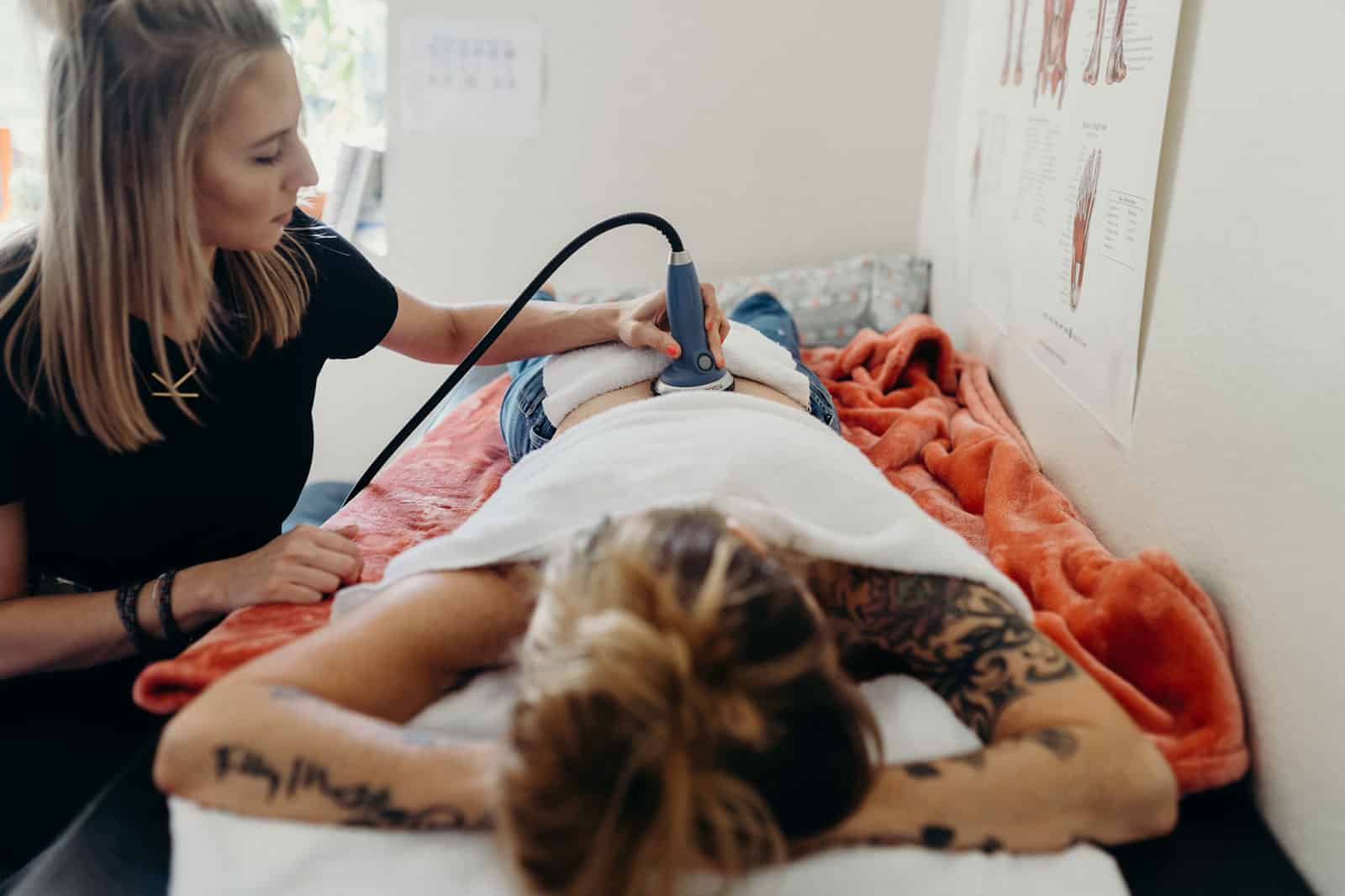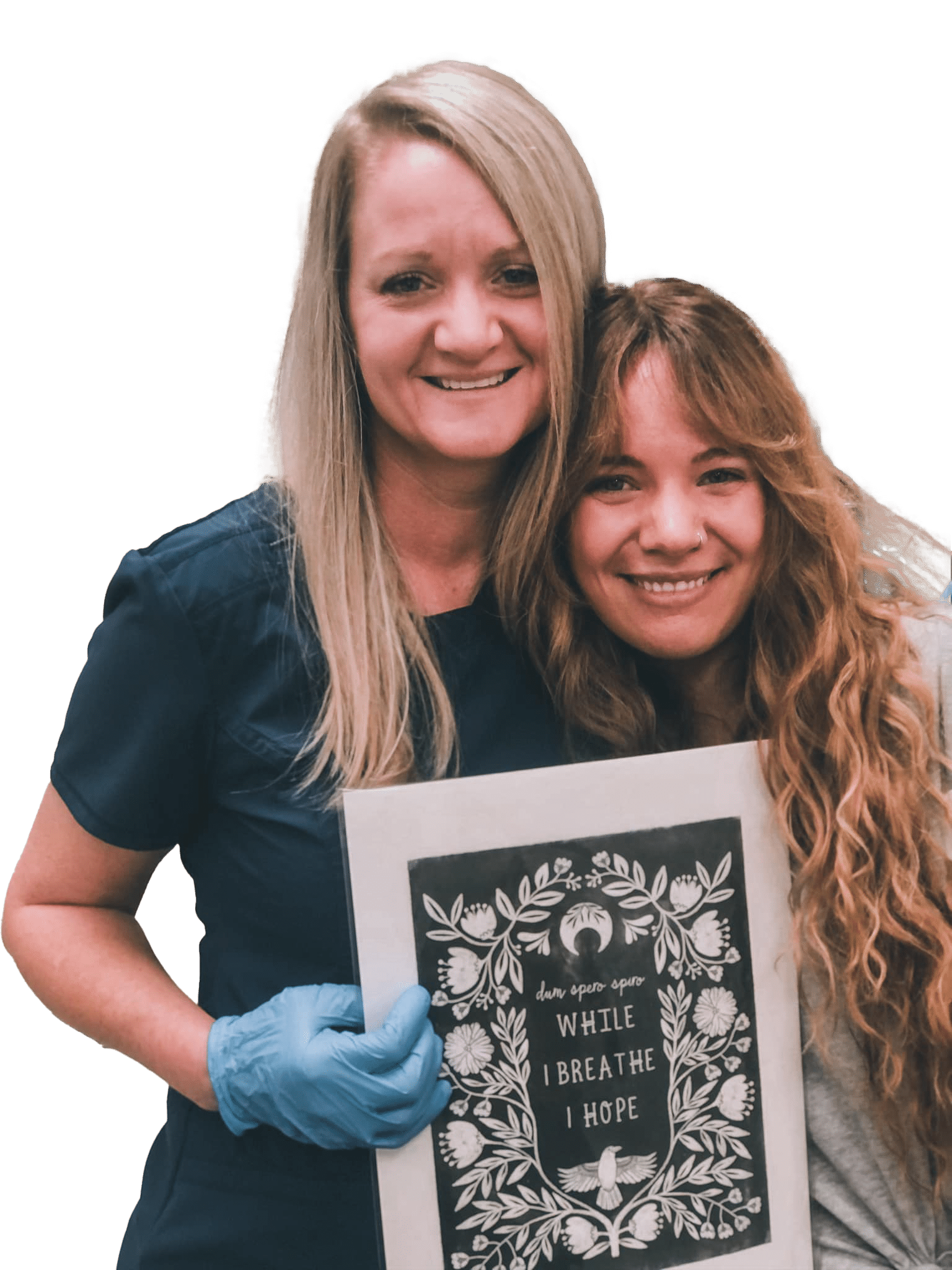 I set out on a journey ten years ago that made treating the nervous systems of those suffering from CRPS (Complex Regional Pain Syndrome) not only a part of my life as a chiropractic physician, but my passion and my mission.
I set out on a journey ten years ago that made treating the nervous systems of those suffering from CRPS (Complex Regional Pain Syndrome) not only a part of my life as a chiropractic physician, but my passion and my mission.
My first CRPS patient was a man named Carlos, who suffered from full body CRPS. This case revealed to me how complicated but also rewarding treating patients who suffer from CRPS can be. I have kept in touch with Carlos through the years, and I’m delighted to say that as of today, Carlos is still in remission. In the past ten years, as my patients have shared their results, patients have come to me from all over the USA and the world.
The first question patients usually is “is your system like ____“ (fill in the blank). Is your healing system like Calmare? Is your system like Ketamine? Is it like Mirror Therapy? The simple answer to this question is that my system I have designed is not like any other system. Since I treated Carlos, I have developed a simple formula I use in the ongoing development of my treatment. I can sum it up in the following way:
My sole purpose in treating the human body is to remove anything that may interfere in the nervous system’s ability to heal the body from within.
Any treatment that has shown marked (and I do mean marked) success in this department is worth a second look. To this end, I have always maintained that one of the most powerful tools any doctor can arm themselves with is an open mind. When we are closed to new ideas, we are closed to growth. Through the years, I have adopted systems and discarded systems. This has never once meant that anything I used didn’t work, it just meant that it didn’t work consistently. Of course, there is no medical treatment that I am aware of that is universally successful. After all, I am treating the marvelous human body, not a predictable machine. However, if I find a promising treatment, I examine it, test it against our old treatments and if it works better than my old way, I replace it. In this way, the model I used ten years ago is very different from the one I use now.
That brings me to the next question. What exactly do we do? I will attempt to explain as briefly as possible.
My Unique Approach to CRPS
The treatment approach I have designed is deeply rooted in my basic philosophy as a chiropractor. Chiropractors are known by the public to “pop” backs and necks, because they hurt. However, what the public generally does not understand is that our healing art stems from the belief that the body is a self-healing organism, capable of surviving and healing even catastrophic injuries.
Most accepted treatments for CRPS are rooted in pain control. While the need for these is obvious, they also do not offer long-term solutions. When the drug or chemical compound’s effect runs out, the pain returns. Spinal Cord Stimulators are a notable exception to this rule. However, in my experience, Spinal Cord Stimulators, even when successful, merely take the edge off the pain. Neridronic acid is a new treatment currently making its way to the US. We know for certain that it may have severe side effects and does change the structure of the bones permanently. In addition, it does not work for everyone, although it has proven to work miraculously well for some. No long-term studies have been done on this treatment. Of course, the same may be said for our system. The difference, however, is that I require that none of my treatments alter the normal function of the human body, but only enhance its function.
Vagus Nerve Stimulation

This, of course, explains why so many patients CRPS patients suffer from symptoms associated with cranial nerve dysfunction, such as sensitivity to light and sound. Also, it explains the very common failure of the digestive tract in CRPS patients, generally a symptom that is regarded as a separate diagnosis in the medical community, requiring a separate treatment.
The other parts of my system are like a tool bag full of different tools. Most patients will require a customized approach, based on their unique circumstances. Please note that in my experience, our system is like a cookie recipe. You cannot pick and choose individual ingredients and expect the same outcome as when all the treatments are used together. Synergy is vastly important, where one part is exponentially more powerful when part of my system.
Following is a brief mention of a few of the tools we use:
- Detoxification (based on patient tolerance)
- A functional blood analysis. Our doctor who specializes in this specifically looks for signs of a viral and/or bacterial infection. For example, patients who suffer from CRPS often will also suffer from a chronic Epstein Barr Viral (EBV) infection, making long-term healing unlikely unless the infection is addressed. Chronic bacterial bladder infections will also impede healing, and are often overlooked. Blood is not drawn unless the patient is considered stabilized, as a needle prick may spread CRPS in unstable cases.
- Magnetic Resonance Therapy is used to calm the nervous system and decrease pain, in order to “set the table” and prepare the body to accept other therapies.
Emotional healing therapies. I have a doctor on our team who specializes in neutralizing the effect of emotional stress on the Central Nervous System. In our experience, most CRPS patients suffer from severe PTSD and fear, as they no longer trust their bodies to naturally be healthy. This course provides our patients with powerful tools to influence their lives and their health. - Neuromuscular Re-education, FDA approved for relaxation of muscle spasms, prevention of muscle atrophy, muscle re-education and increasing range of motion. The patient is connected to a machine that uses Direct Current (patented in a way to not cause the nervous system to “guard”) while put through specific rehabilitative exercises. This process is overseen by an experienced and dedicated therapist, familiar with your case. You will grow very close to your therapist and the day you graduate, they will be right by your side to watch you ring the bell (more about that later).
- Sound wave technology is used to break up adhesions and scar tissue, both of which may impede healing to the body as a whole.
We like to refer to ourselves as the Anti-Clinic
I like to refer to our clinic as the “anti-clinic”. What does this mean? Most clinics are quiet environments where patients do not interact much with each other. In our clinic, I encourage and promote bonding among our patients. I have found that when patients can encourage each other in a “buddy like” system, it is a central part to a patient’s recovery. I have a tradition where new patients meet outgoing patients to discuss the treatments, what to expect, and provide encouragement made possible because of their own progress. We encourage hugs, laughter, and humor all around.
My staff was handpicked from all walks of life. Some were waiters, some were patients, and some worked with world-class athletes. In my experience, the most important quality a staff member can possess is empathy and compassion for those who suffer. Virtually everything else can be taught. While we all wear scrubs, it is not unusual to spot piercings, tattoos, and pink hair among our staff. We definitely focus on the things that matter most and don’t waste our time on the little things that don’t.
Does our system work for everybody?


Why is my system not more widely accepted?
My system is a complicated one, fueled by years of experience and trial and error. I am fully aware that it is an effective one that should be widely available across the world. While this is my ultimate goal, it will take years to get there. As we take the first steps in this direction, for now, patients have to travel to us from distant states and countries.
Another common question is: “I have had CRPS for longer than a year. Is there still hope for me?” Yes! In my experience, time passed has no effect on the effectiveness of my treatment.
Please know that every single patient that recovers should bring you enormous hope. Their bodies are not more special, more magnificent than yours. In my clinic, I refer to “white crow moments”: you only have to see one white crow to know that not all crows are black. No matter what, you have to keep your hope alive! This must happen if you are to recover.





